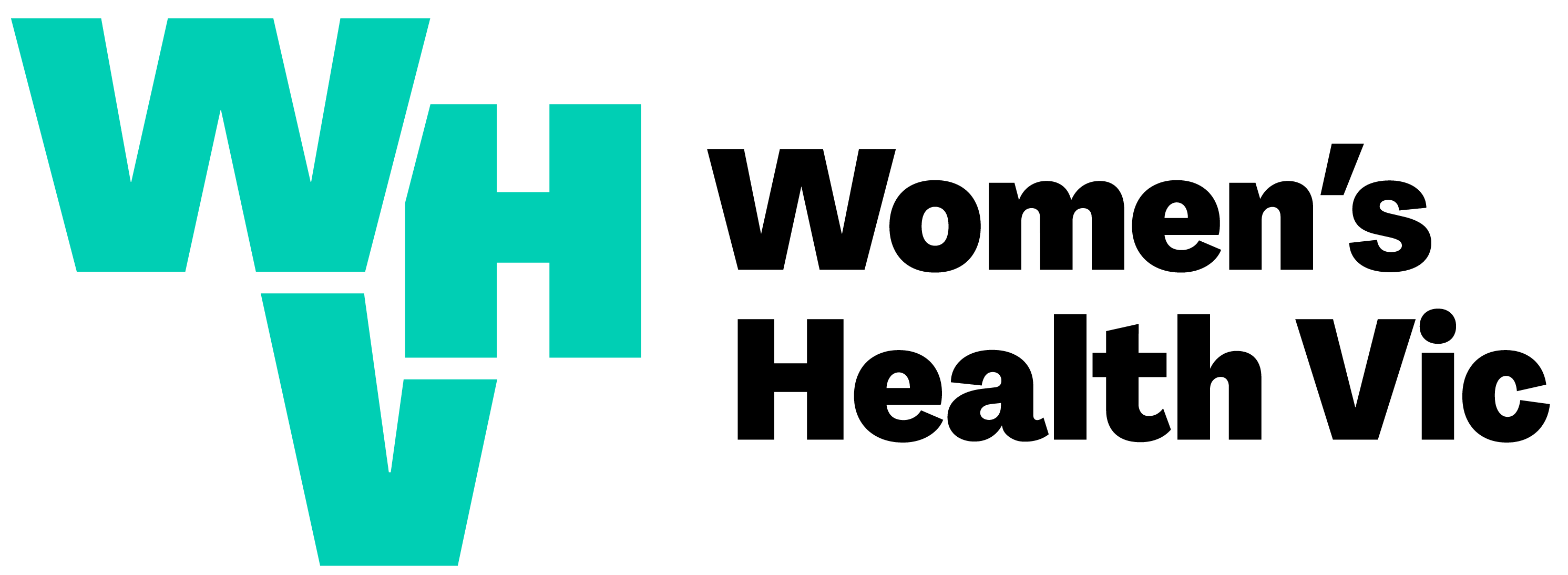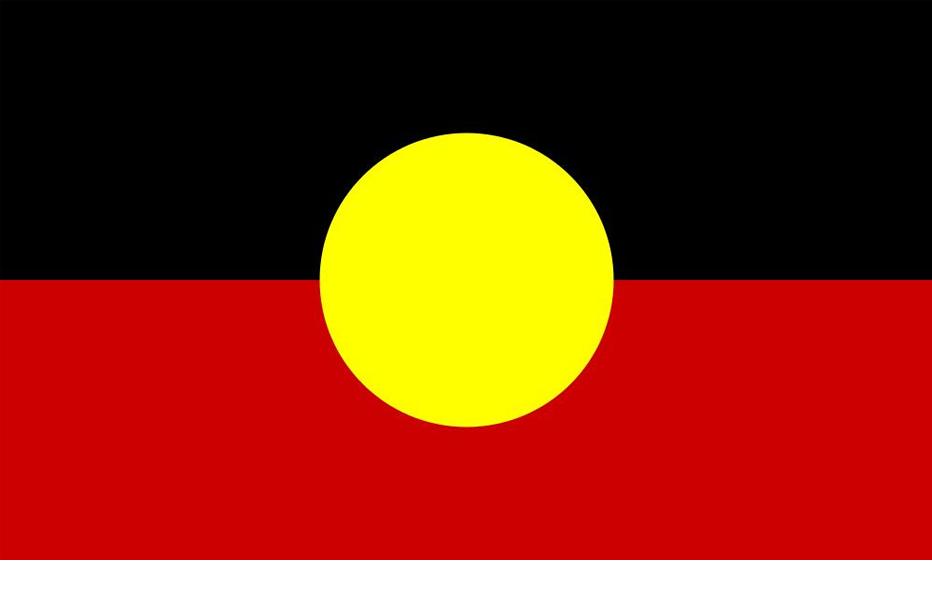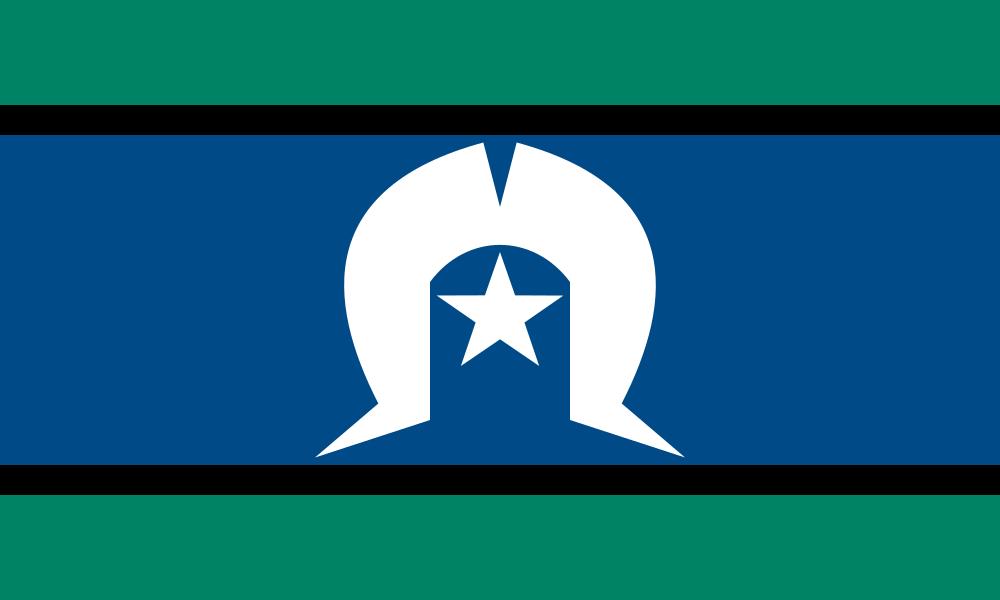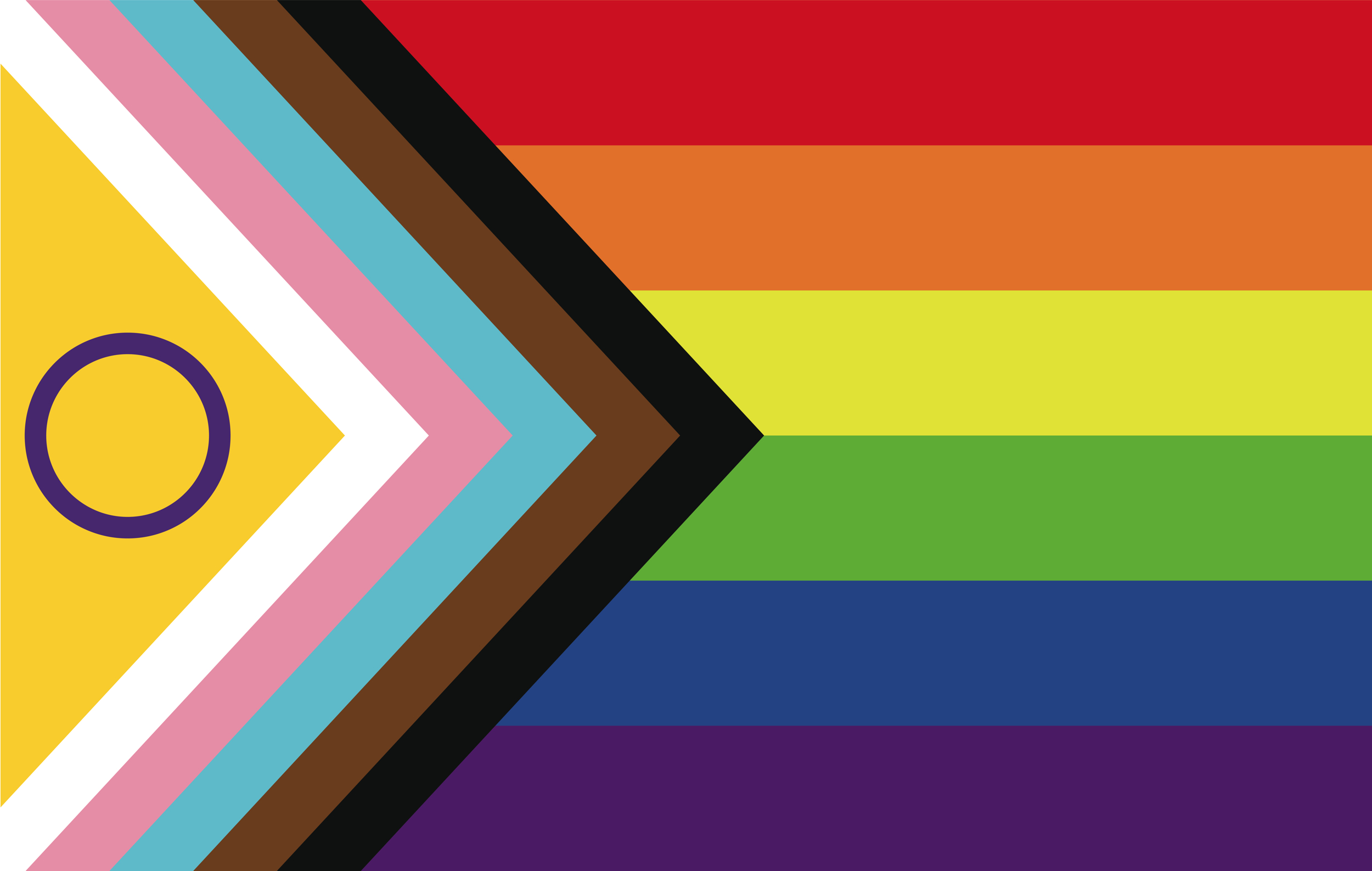We acknowledge and pay our respects to the Traditional Owners of the land our offices are situated on, the Wurundjeri people of the Kulin Nation. As a statewide organisation, we also acknowledge the Traditional Owners of the lands and waters across Victoria.
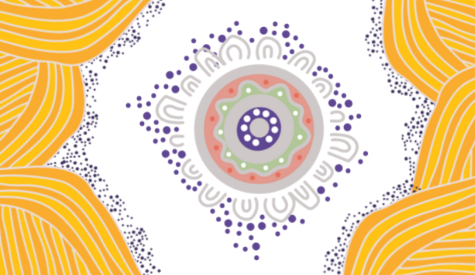
We pay our respects to them, their cultures and their Elders past and present. We recognise that sovereignty was never ceded and that we are beneficiaries of stolen land and dispossession, which began over 230 years ago and continues today.
Our Vision
Our vision for reconciliation is that all Aboriginal and Torres Strait Islander women and their communities live well: healthy, empowered and equal, with strong connection to culture and Country. We want a just and equitable Australia where Aboriginal and Torres Strait Islander peoples are treated with respect and are centred in their own health care by supporting self-determination and community controlled organisations and acknowledging and addressing the impact of trauma and systemic racism, promoting cultural safety and improving accountability across health, social and economic settings.
Our Approach
Our current Innovate Reconciliation Action Plan (RAP) reflects our organisational values of respect and inclusion, as well as our commitment to practising intersectional feminism.
In order to live our organisational purpose as ‘champions for every Victorian woman’s health and wellbeing’, we know it is essential to redress the discrimination and inequality faced by Aboriginal and Torres Strait Islander women in Victoria.
The Wiyi Yani U Thangani Report highlights how Aboriginal and Torres Strait Islander women and girls spoke about being highly capable, resilient and intelligent, as well as strong and courageous. However, a long legacy of racism, dispossession, sexism and intergenerational trauma arising from colonisation has contributed to shorter life expectancies, inequitable health outcomes and service barriers.
This requires an approach to advocacy, research, health promotion and service delivery that affirms the strength of Aboriginal and Torres Strait Islander women and communities, addresses systemic injustices, promotes self-determination, and ensures that our organisation and its services are culturally safe, accessible and inclusive.
Our Journey
WHV began our RAP journey in 2018 and completed our foundational Reflect RAP in 2019. We have published our first Innovate RAP, which spans February 2023 - January 2025.
Through the RAP process, we are working towards:
- Creating a culturally safe workplace and promoting employment of Aboriginal staff
- Ensuring our services are culturally safe, accessible and inclusive for Aboriginal and Torres Strait Islander women and communities
- Building relationships with Aboriginal community-controlled services (ACCOs) to support their work, and to establish opportunities to collaborate on broader systemic issues
- Promoting reconciliation within our sphere of influence
By committing to truth-telling and anti-racism, and working to make our organisation culturally safe, accessible and inclusive, we hope to foster relationships with Aboriginal and Torres Strait Islander women and organisations to support their work, and create opportunities for collaboration, and to contribute to the reduction of inequality, discrimination, and injustice.
In June 2023, Women's Health Victoria announced its support for a Voice to Parliament and reaffirmed its committed to supporting Aboriginal and Torres Strait Islander peoples and their right to self-determination.
Yakuna Gananggurr - our reconciliation artwork
WHV wanted a visual reflection of our commitment to reconciliation and self-determination for Aboriginal and Torres Strait Islander women. Yorta Yorta, Dja Dja Wurrung and Gamilaroi woman, Madison Connors, created Yakuna Gananggurr for us. This evocative artwork graced the front cover of our 2019-2020 Annual Report and is being incorporated in many other WHV publications and materials.
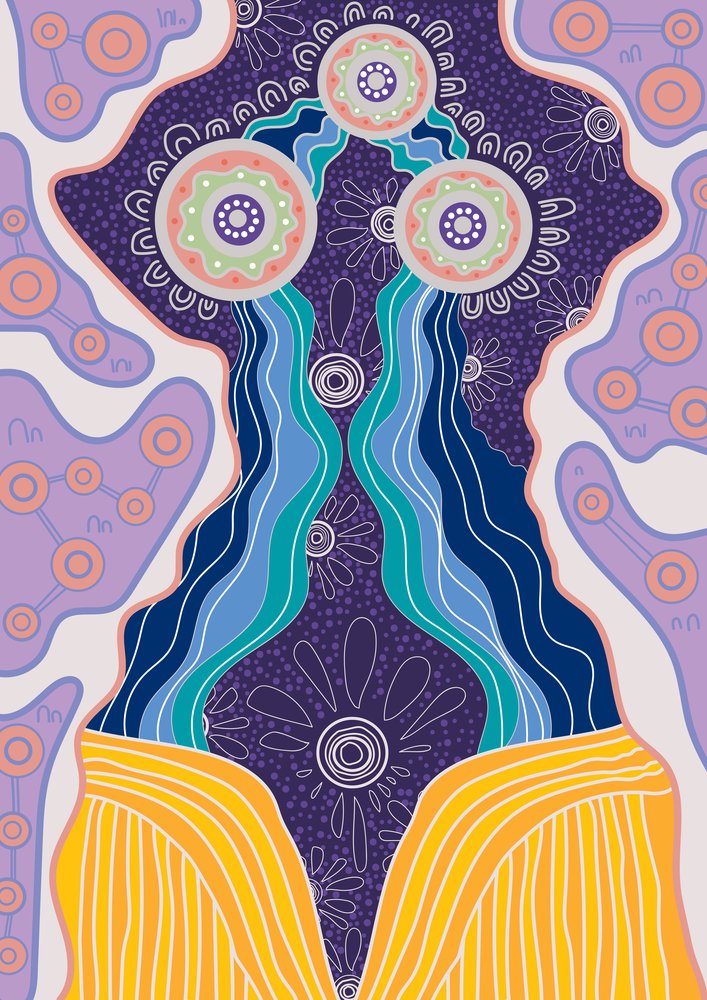
Reconciliation artwork creation story
Yakuna Gananggurr
(translates to Until Tomorrow in Yorta Yorta language)
When you are working through life’s challenges, it will not happen overnight. It takes the support of beautiful people from all around and the guidance of our Ancestors. We look to tomorrow to find the answers, however do we have these answers already? Life’s lessons are not to challenge this guidance, though move towards it and through it.
The circles that are in the top centre part of the image represent diverse communities with people (the rainbow-like shape represents people) gathering around them and traveling through them sharing stories and experiences. These communities are connected by the healing waters. Water is a powerful element of this land and it provides us with healing properties. These healing waters then flow down and wash over the mountains at the base of the image and the flowers throughout.The yellow and orange represents mountains which can be understood as the challenges faced in life. The parts of life that are not so straight forward and easy. These challenges are like
mountains, we can face them alone if we choose to or we can lean on the supports around us. The connections to country are what grounds us and keeps us moving Yakuna Gananggurr (Until Tomorrow).
The flowers represent new growth and vulnerability. Growth does not happen overnight. It can take days, weeks, months, or even years. Vulnerability in the shape of flowers, these flowers need to be nurtured and cared for. They should be free to grow organically and hold the inner strength an individual needs to be their authentic self. Society should learn to embrace vulnerability and learn to feel empowered by it.
Yakuna Gananggurr continue to allow these supports into our lives, connect with those around you, share experiences and come together. You do not have to face life’s challenges alone.
About the artist
Madison Connors (née Saunders) is a proud and strong Yorta Yorta (Wolithica), Dja Dja Wurrung and Gamilaroi woman and mother to two booris (babies) Marley and Yindi. Madison was born and raised in Shepparton, spending the majority of her life living on her grandmother’s Country. She comes from a strong line of women and is following in their footsteps. Oral history has taught Madison to yarn with her Elders; to listen, to understand and acknowledge the challenges they faced, to be strong in the face of adversity and to continue teaching her children the importance of her history, their history.
